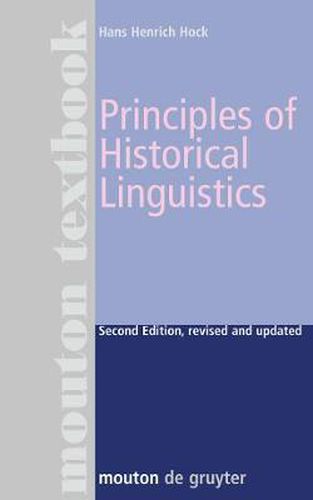Readings Newsletter
Become a Readings Member to make your shopping experience even easier.
Sign in or sign up for free!
You’re not far away from qualifying for FREE standard shipping within Australia
You’ve qualified for FREE standard shipping within Australia
The cart is loading…






Historical linguistic theory and practice contains a great number of different ‘layers’ which have been accepted in the course of time and have acquired a permanency of their own. These range from neogrammarian conceptualizations of sound change and analogy to present-day ideas on rule change and language mixture. To get a full grasp of the principles of historical linguistics it is therefore necessary to understand the nature and justifications (or shortcomings) of each of these ‘layers’, not just to look for a single ‘overarching’ theory. The major purpose of the book is to provide in up-to-date form such an understanding of the principles of historical linguistics and the related fields of comparative linguistics and linguistic reconstruction. In addition, the book provides a very broad exemplification of the principles of historical linguistics.
$9.00 standard shipping within Australia
FREE standard shipping within Australia for orders over $100.00
Express & International shipping calculated at checkout
Historical linguistic theory and practice contains a great number of different ‘layers’ which have been accepted in the course of time and have acquired a permanency of their own. These range from neogrammarian conceptualizations of sound change and analogy to present-day ideas on rule change and language mixture. To get a full grasp of the principles of historical linguistics it is therefore necessary to understand the nature and justifications (or shortcomings) of each of these ‘layers’, not just to look for a single ‘overarching’ theory. The major purpose of the book is to provide in up-to-date form such an understanding of the principles of historical linguistics and the related fields of comparative linguistics and linguistic reconstruction. In addition, the book provides a very broad exemplification of the principles of historical linguistics.